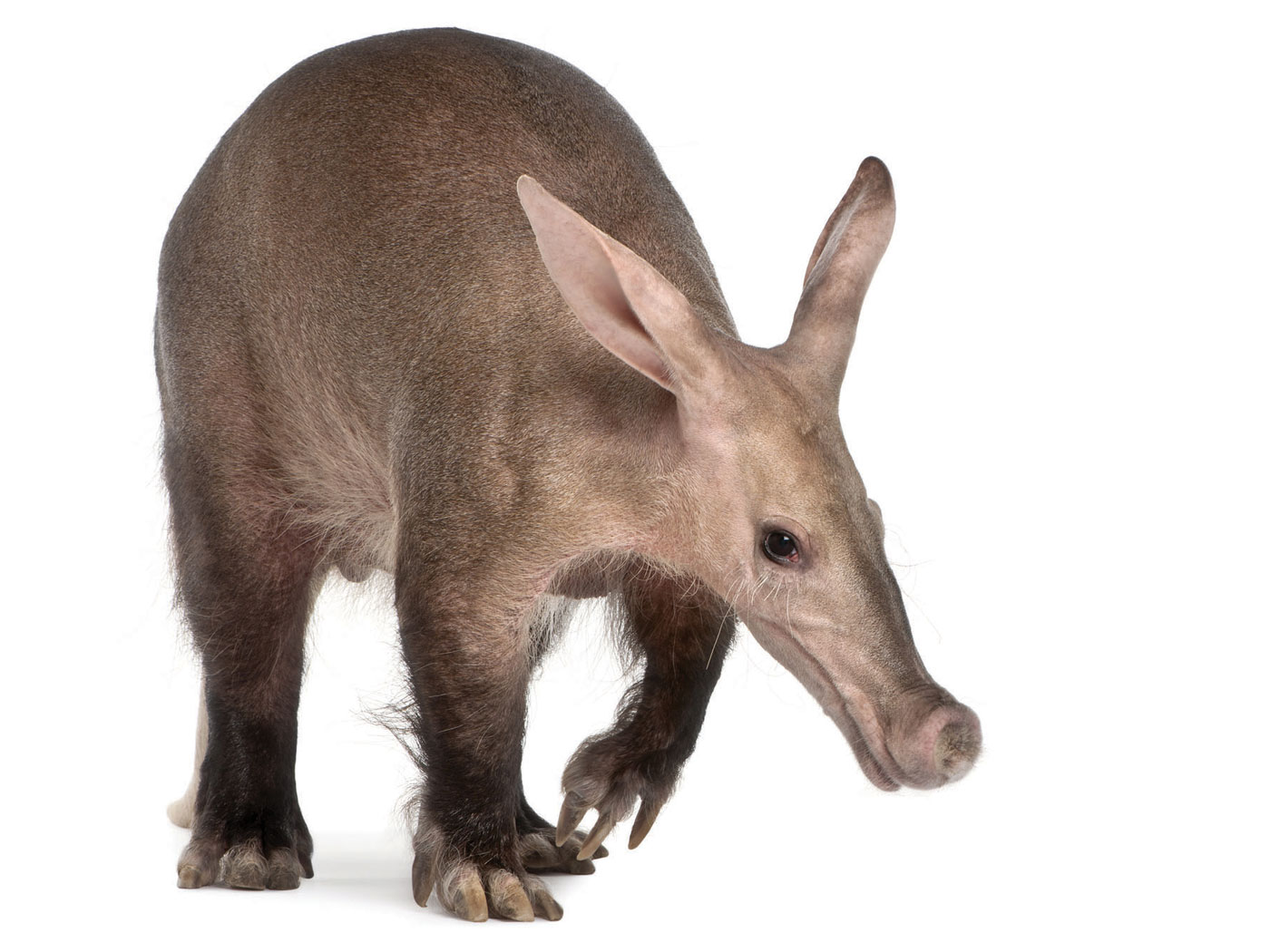Gary Jackson and his dog Migaloo, trained to sniff out buried remains, work with locals to uncover archaeological sites and help Australian police locate the bodies of murder victims. According to The Sydney Morning Herald, "Migaloo quickly located the 600-year-old remains of an indigenous Australian,"1 which researchers found a decade ago. But that specialized training resulted in an unforeseen crossover—Migaloo can also smell fossils.
Fossils are supposed to be rocks in the shape of bones, with no original bone material remaining. Over supposed eons, gradually trickling minerals slowly replaced the long-dead creature's bone material. Museums and textbooks widely teach that this process takes millions of years. If that's really how it happened, then the bones should no longer smell different from the surrounding rock.
Remains buried for dozens or maybe even a few thousand years might still retain some of their original organic components. But original organics are out of the question for remains buried for a million years. If the original material wasn't replaced by minerals, then it would have decayed and disappeared long before a million years elapsed—especially in the warm Australian climate.
Apparently, nobody explained these fossilization issues to Migaloo and her sensitive sniffer. The black Labrador-bull mastiff identified megafauna bone remains tagged as being between 2.6 and 5.3 million years old. How did she find fossils so well?
University of Queensland paleontologist Steve Salisbury told the Herald, "It seems very feasible to me that there would still be odour attached to a corpse but fossil bone is another thing. We're talking millions of years old, where the original bone and internal structure has been re-mineralised and essentially become a rock. That's why I question whether she can smell the difference."1 Why does Salisbury stick closer to the remains' undemonstrated age assignment than to Migaloo's demonstrated ability to pick up the bones' scent?
This doubt seems to arise not from the observable evidence—either from analyzing the fossils or from observing Migaloo—but from belief in unobserved millions of years.
But the dog can smell something different in those fossil bones. Maybe underground processes never did re-mineralize the bones. And if they still retain original organics, then maybe they are simply not millions of years old.
After all, paleontologists continue to find "unmineralized" fossils—fossils with original proteins and cells—all over the world. Original tissue fossils, designated as tens of millions of years old, hearken from several U.S. states, as well as Brazil, Argentina, Great Britain, Germany, Chinese provinces, Italy, and Belgium.2 The still-intact organic molecules inside these fossils show that all their rock layers look many times younger than their evolutionary age assignments.
"I'd like to believe it. If she can find fossilised bone, then that would make our searches a lot easier. I'm ready to watch and be surprised - that would be really exciting," Salisbury said.1 It sure would be, not just because dog noses would make fossils searches easier, but because original, unmineralized organic materials in fossils might force clear-thinking people to reassess fossil age assignments.
References
- Mann, Effie. "Migaloo the super snout's on the case." The Sydney Morning Herald. Posted on smh.com.au April 28, 2013, accessed May 19, 2013.
- Many of these finds are cataloged at www.icr.org.
* Mr. Thomas is Science Writer at the Institute for Creation Research.
Article posted on May 29, 2013.












